By: Kelly Nesbitt, MOT, OTR/L
One of the trickiest parts of a child’s daily routine for families is sleep, going to sleep, staying asleep, and finding consistency in the bedtime routine. Below are some helpful tips to make your child’s bedtime restful and not stressful.
Author’s Notes: I use both identity-affirming language, “autistic children,” and person-first language, “children with autism,” throughout this post, as these are two schools of thought within the autism advocacy community of how to refer to someone with this diagnosis. Generally, I use the language that feels most respectful to each individual family and child. As I am not someone with autism, I don’t have the lived experience to make a judgment on which school of thought is “right.”
Also falling asleep and staying asleep is a complicated process. Both environmental modifications as well as your child’s physiological processes impact sleep. Don’t be afraid to bring up sleep to your child’s pediatrician if you are worried that even with good sleep hygiene, your child is still not sleeping well.
Steps for a Child’s Bedtime Success
First, ensure your child’s room is set up in an optimal sleeping environment. Physical set-up includes:
- A Quiet Room: If it can be helped, having children not share a room so that if one child wakes up in the household, it does not wake up your other children. If you have two children sleeping in the same room, you can try having music or a white noise machine playing in the background so that the children can get used to having noise present in the room.
- A Dark Room: Also, ensure that the room is dark (with the exception of a nightlight if a child needs it), which helps a child’s brain know it is time to sleep. Trial blackout curtains if a lot of light creeps in the windows, if your child is going to bed when the sun is setting, or if there is ambient street light coming into the room.
- A Cool room: A cool room is optimal for sleep. A room between 60 and 68 degrees is cool enough for children to sleep well. (Best Temperature to Sleep: Research and Sleep Tips (healthline.com)
Consistency is Key
One of the biggest keys to having good sleep hygiene is having consistency every night. This means a consistent bedtime, routine, and expectations for sleep. Give yourself and your child about 30-45 minutes to start the whole bedtime routine and keep it consistent every night.
As a family, you can decide what activities are calming for your child that you can work into your routine for bedtime (taking a warm bubble bath, changing into PJs, and listening to quiet music for a few minutes before you tuck them in). It will take some trial and error to find what makes your child feel calm and sleepy.
I recommend keeping a journal or note on your phone on what time you started the bedtime routine, what activities you chose, and what time your child got to sleep. This will help you find patterns of what worked in the routine and what did not work.
Limit screen time to 1 hour (at least) before bed
This is a big one. Screen time is often very overstimulating for kids and sends signals to a child’s brain to stay awake! In fact, a review of many studies from the American Academy of Pediatrics shows that “In >90% of these studies, more screen time was associated with delayed bedtimes and shorter total sleep time among children and adolescents.” So how do we reduce screen time around bedtime?
About an hour before bed, turn off the electronics! That means tablets, iPhones, laptops, and televisions. There are parent control apps (check them out here: How to Check Screen Time on Different Devices (guidingtech.com). These apps can turn off children’s apps or even password lock the device at a certain time. It’s also recommended that children do not have access to devices in their rooms (no televisions or tablets in their rooms). You want your child to associate their bedroom as a calm space for sleep, not for sitting and watching shows. Replace screen time with reading time, unstructured playtime with their toys, or quiet music and drawing time. This hour before bed can be explained to older kids as “a time to quiet our bodies and minds.” The activities you do before bed with your child (discussed more below) should be quieter, organizing, and not high-energy activities.
This change to limiting screen time will likely be a tough adjustment for kids, as it’s difficult to beat the immediate gratification and fun of visually stimulatory ipads, iphones and TV. But consistency is key, and kids are resilient, so they will accommodate over time. Make it a challenge for yourself, too- take a break from electronics with the kids at night and don’t get them back out until they are asleep!
Find Out What Activities are Calming
Play around with what activities you try an hour before bedtime. Here are some quieter activities that can promote settling kids’ bodies for bed:
Heavy Work/Proprioceptive activities: Heavy work/proprioceptive input is compression to joints that sends calming signals to the central nervous system. Any activity that has “pushing, pulling or carrying” contains proprioceptive input. The trick with heavy work input around bedtime is selecting activities that are not going to be too active. Do these activities for about 10-30 minutes or until you notice that your child is looking tired or their body is regulated. These activities could include:
- Doing wall push-ups
- Pushing a toy container around to pick up toys
- Pull a weighted blanket with their stuffed animals on it
- Lay on bellies on hardwood or linoleum floor and pull with their arms (you can put a towel on the floor for the child to lay on to get less resistance when they pull).
- Have the child fill a fabric bag with what bedtime stories they want to read that night and carry it to their room
Calming Bath time: Draw a warm bath for your little one with calming bubbles if your child enjoys that. There are also some cute light-up bath toys to play with along with having the overhead lights turned down (if it’s safe to do so). Always make sure that your child is supervised when in the bathtub.
Additional Sensory Supports
Here are some additional sensory supports that could be added to bedtime to help your child prepare their body for sleep:
OLFACTORY/SMELL:
- Use gently scented lotions with soothing scents (chamomile, lavender, vanilla, for example) for an olfactory signal for your child to get ready for bed.
- Trial essential oil diffusers (that are out of reach of children in their room) with calming scents
TACTILE/TOUCH:
- Trial using a weighted blanket at bedtime or during quiet time. See this blog post for more information: The Benefits of Weighted Blankets – Easterseals DuPage & Fox Valley Blog (wordpress.com). To sleep with, a child’s weighted blanket be no more than 10% of their body weight!
- Rub your child’s back while they lay in bed with deep pressure, which is calming.
- Cuddle with deep squeezes to their body (think of swaddling a baby to sleep)
- Allow children to have access to their security blanket or toy (often children use these items to remind them of their parents’ love and literally take that with them as they look at that toy)
VISUAL/LOOK:
- If you can, dim the lights in your house or turn off a few lights so the house is a little darker before bed.
- Again, limit screen time
- Have a soft, warm night light in the child’s room
- Have the child’s toys “out of sight and out of mind” during bedtime. They can have their preferred stuffed animal if they are old enough, but other tempting toys should be put away.
GUSTATORY/TASTE:
- Have warm milk prior to bed
- Avoid a big meal or snack right before bedtime, as it’s hard to sleep when you are digesting a lot of foods.
AUDITORY/HEAR:
- Use a quieter, softer tone of voice to help signal to your child that it’s time to settle down.
- Play a white noise machine in the bedroom
- For children 3 and up, there are Children’s bedtime podcasts to listen to during getting ready for bed. Select stories that are slow-paced, and the narrators have a calming voice.
- Play soft music in the background during the bedtime routine
VESTIBULAR/MOVEMENT:
- If your child is soothed by being rocked, you can make a blanket swing with 2 adults holding the ends of the blanket and your child climbing in. Give your child slow, rhythmic movements which are calming.
- Read bedtime stories in a rocking chair
You can also talk with your child’s Occupational Therapist about what other activities and sensory supports can work for your child.
Cuddle and Connect
Once your little one is all settled into bed, use this opportunity to connect with your child with a special routine or routine that is important to you as a family. This can be reading a bedtime story, saying prayers together, reviewing the best parts of the day, saying what you are grateful for, or singing a bedtime song.
Feeling safe and connected with their parents is a good way to bond and send them to sleep. That being said, sometimes separating from mom and dad in order to go to bed is really scary and a normal childhood fear. Having this consistent shared time can help a child feel safe and secure prior to going to bed. You can also read some separation-themed stories to help them to ease this anxiety. (Children’s Books about Separation Anxiety – Sleeping Should Be Easy)
A Note on Autism
I would be remiss not to mention that even with immaculate sleep hygiene, some autistic children still have difficulty falling asleep and maintaining sleep. There is a higher prevalence of insomnia in autistic children than in their neurotypical peers. There are some theories that gastrointestinal issues, possible sleep apnea, anxiety, restless leg syndrome, epilepsy, medication side effects and/or hormone imbalances can contribute to more sleep issues in children with autism (Wide Awake: Why children with autism struggle with sleep). It is recommended that parents who have concerns with their child with Autism’s sleep discuss this with their therapy team as well as the pediatrician. Their pediatrician may refer them for a sleep study to evaluate the quality of their sleep and what barriers contribute to them not sleeping well.
Wishing all a good and restful night!
References:
- “Digital Media and Sleep in Childhood and Adolescence” by Monique K. Le Bourgeois, PhD, Lauren Hale, PhD, Anne-Marie Chang, PhD, Lameese D. Akacem, PhD, Hawley E. Montomery-Downs PhD, Orfeu M. Boxton, PhD. November 1, 2017. Link: Digital Media and Sleep in Childhood and Adolescence | Pediatrics | American Academy of Pediatrics (aap.org)
- Wide awake: Why children with autism struggle with sleep | Spectrum | Autism Research News (spectrumnews.org) by Ingfei Chen (Oct 7, 2015)
- Best Temperature to Sleep: Research and Sleep Tips (healthline.com) by Bethany Fulton (Dec 13, 2019)
- Children’s Books about Separation Anxiety – Sleeping Should Be Easy
- How to Check Screen Time on Different Devices (guidingtech.com)



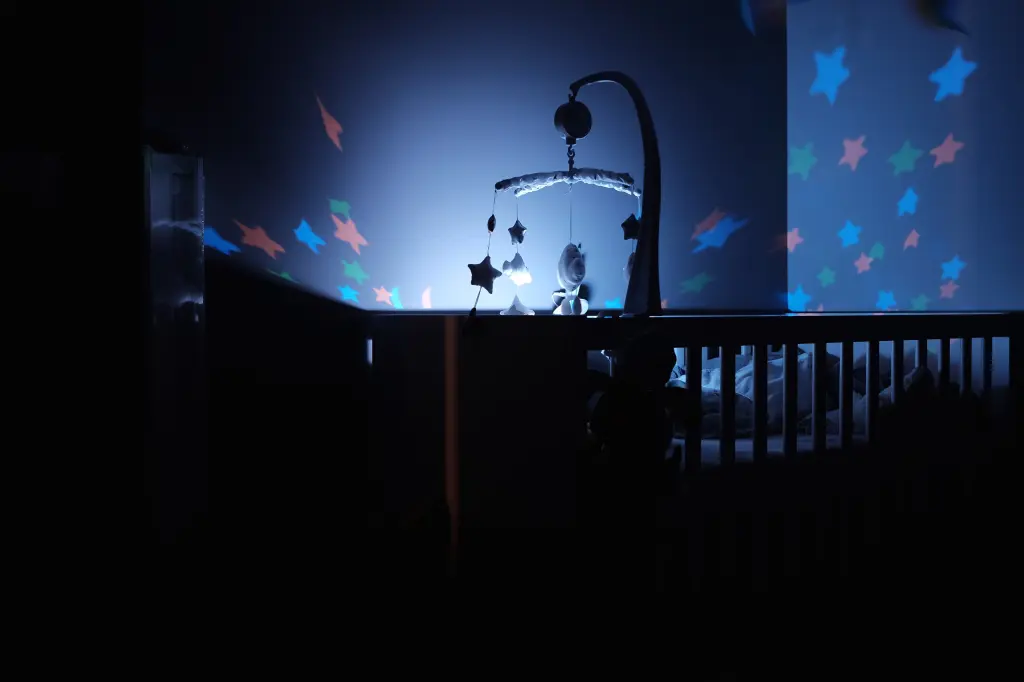
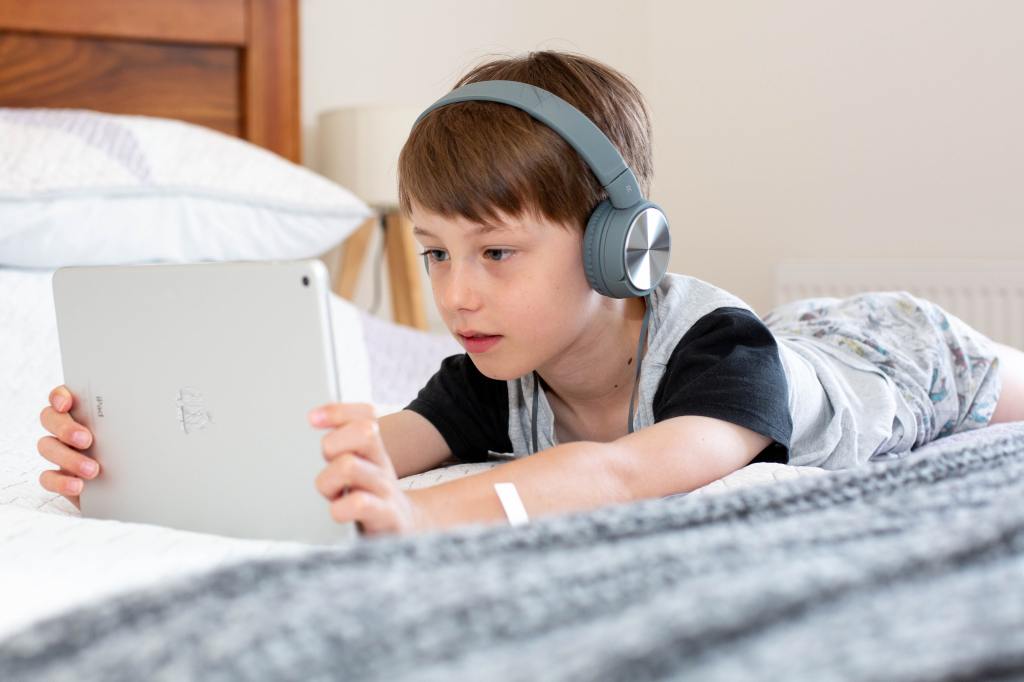
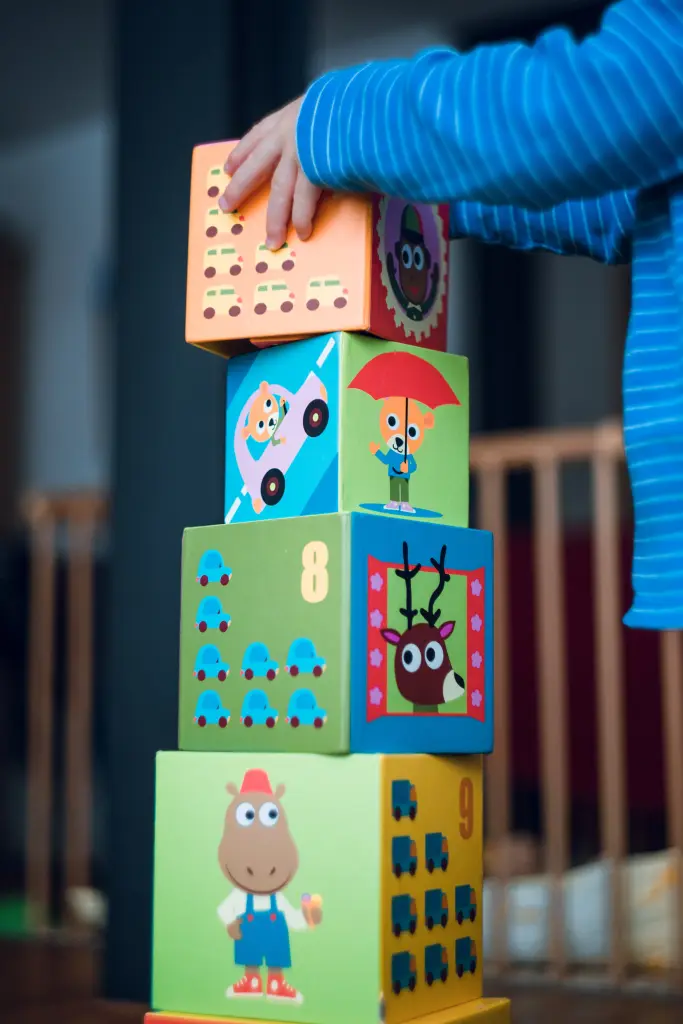


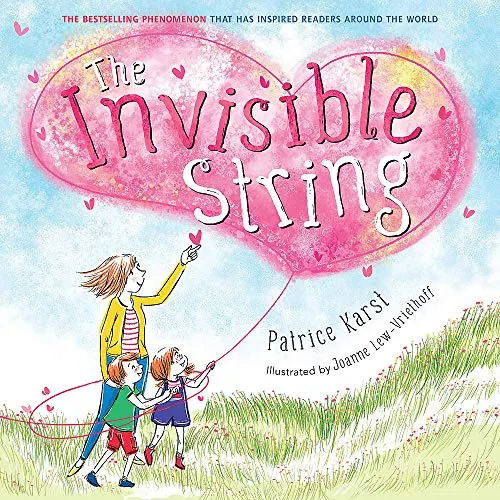


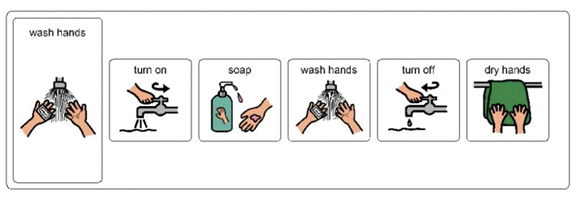

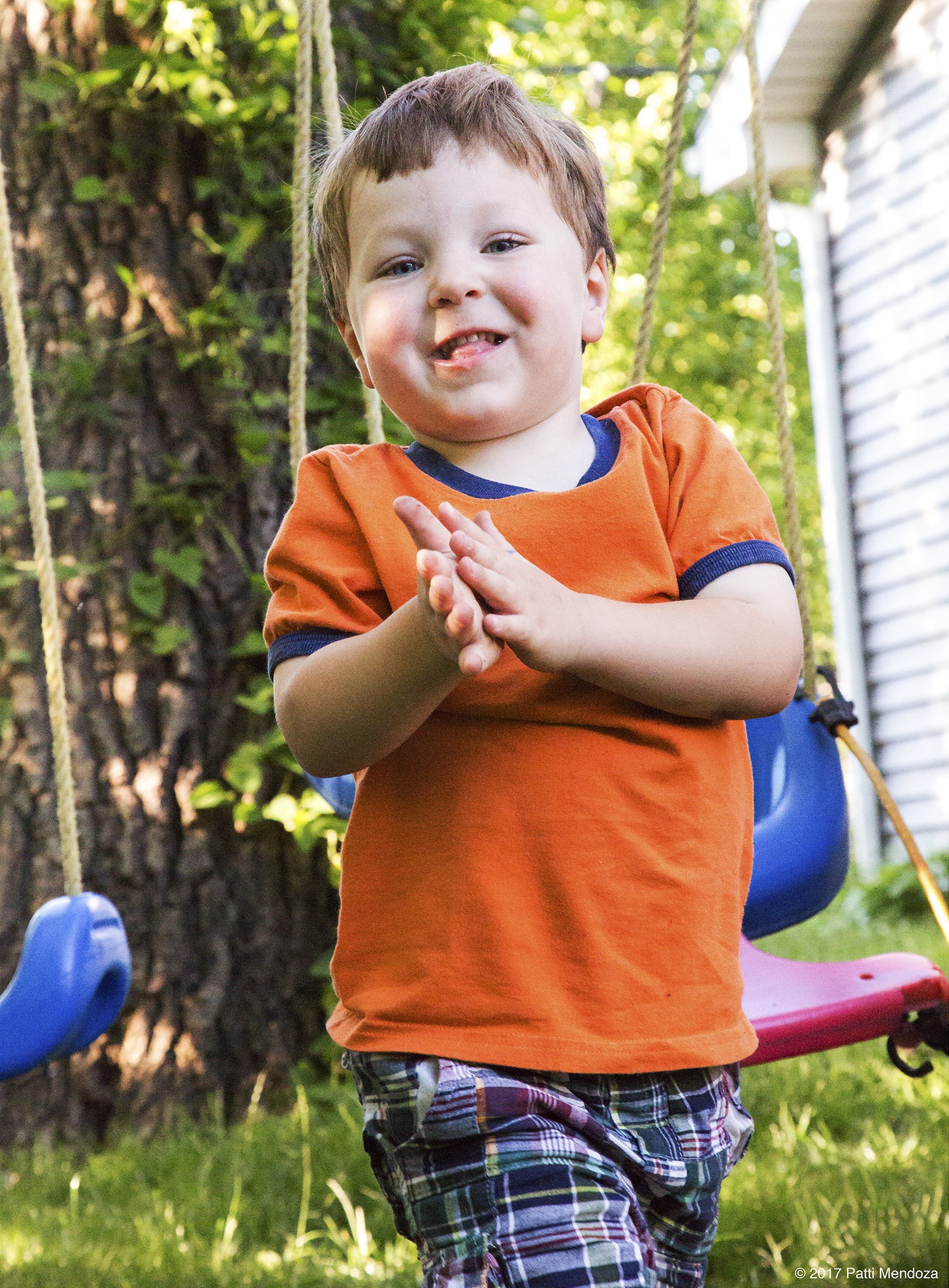 Older children have increasing demands on their time from school, sports, extracurricular activities, and other social activities which can impact sleep. A child might also snore or have noisy breathing during sleep which should be evaluated by their pediatrician with possibly a referral to an ENT to rule out sleep apnea or enlarged adenoids.
Older children have increasing demands on their time from school, sports, extracurricular activities, and other social activities which can impact sleep. A child might also snore or have noisy breathing during sleep which should be evaluated by their pediatrician with possibly a referral to an ENT to rule out sleep apnea or enlarged adenoids.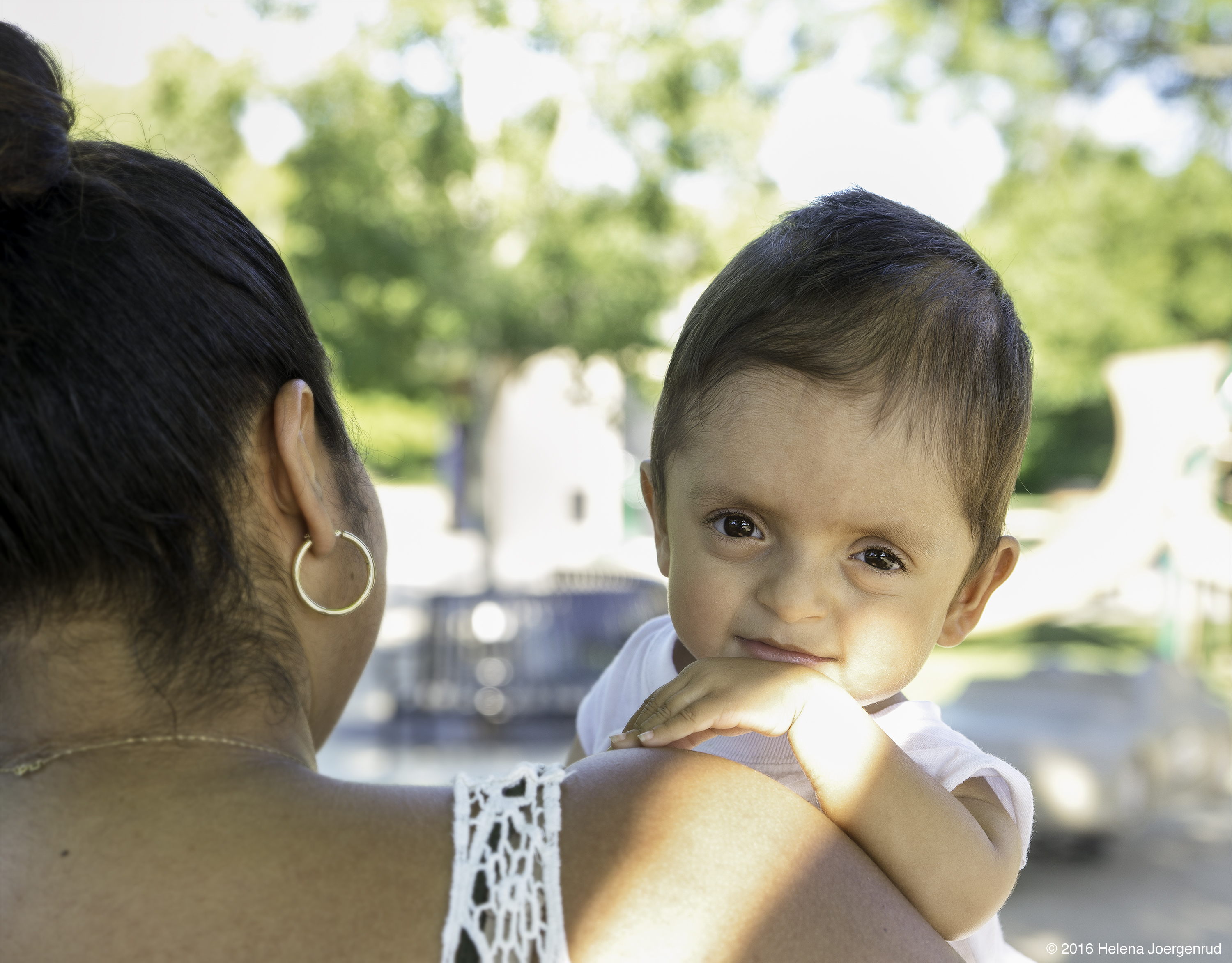 Routines and consistency is a critical. Parents and caregivers can significantly influence a child’s sleep through scheduling and routines. Some kids do well taking a bath and reading books/telling a story while lying in bed and preparing to sleep. Reading together can be a great way to spend some quality time together and allow the body to relax. Some kids might also need some calming heavy work input prior to bath time or getting into bed for stories. One of the first things new parents learn at the hospital is how to swaddle their newborn because snugly wrapping your baby in a blanket provides calming deep pressure tactile and proprioceptive sensory input allowing the newborn to feel secure and safe. Rocking chairs and baby swings are also some of the most valued and used pieces of baby equipment because of the repetitive movement qualities that provides calming vestibular sensory input.
Routines and consistency is a critical. Parents and caregivers can significantly influence a child’s sleep through scheduling and routines. Some kids do well taking a bath and reading books/telling a story while lying in bed and preparing to sleep. Reading together can be a great way to spend some quality time together and allow the body to relax. Some kids might also need some calming heavy work input prior to bath time or getting into bed for stories. One of the first things new parents learn at the hospital is how to swaddle their newborn because snugly wrapping your baby in a blanket provides calming deep pressure tactile and proprioceptive sensory input allowing the newborn to feel secure and safe. Rocking chairs and baby swings are also some of the most valued and used pieces of baby equipment because of the repetitive movement qualities that provides calming vestibular sensory input. Try for natural warmth: Try tossing a blanket in the dryer or cuddling up to a
Try for natural warmth: Try tossing a blanket in the dryer or cuddling up to a